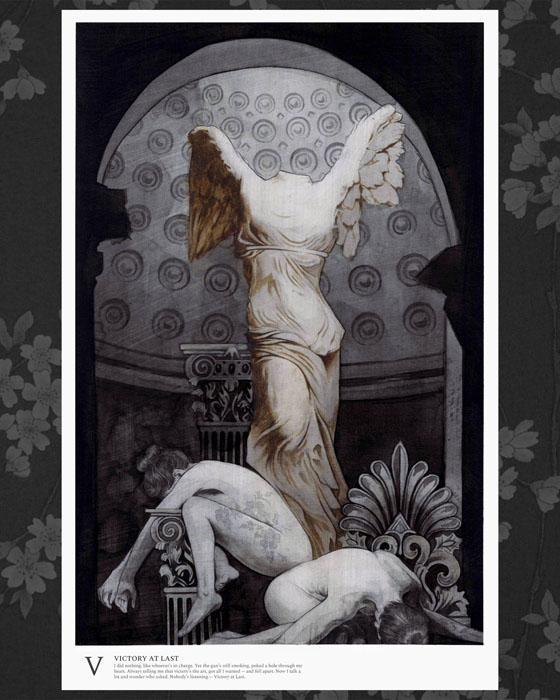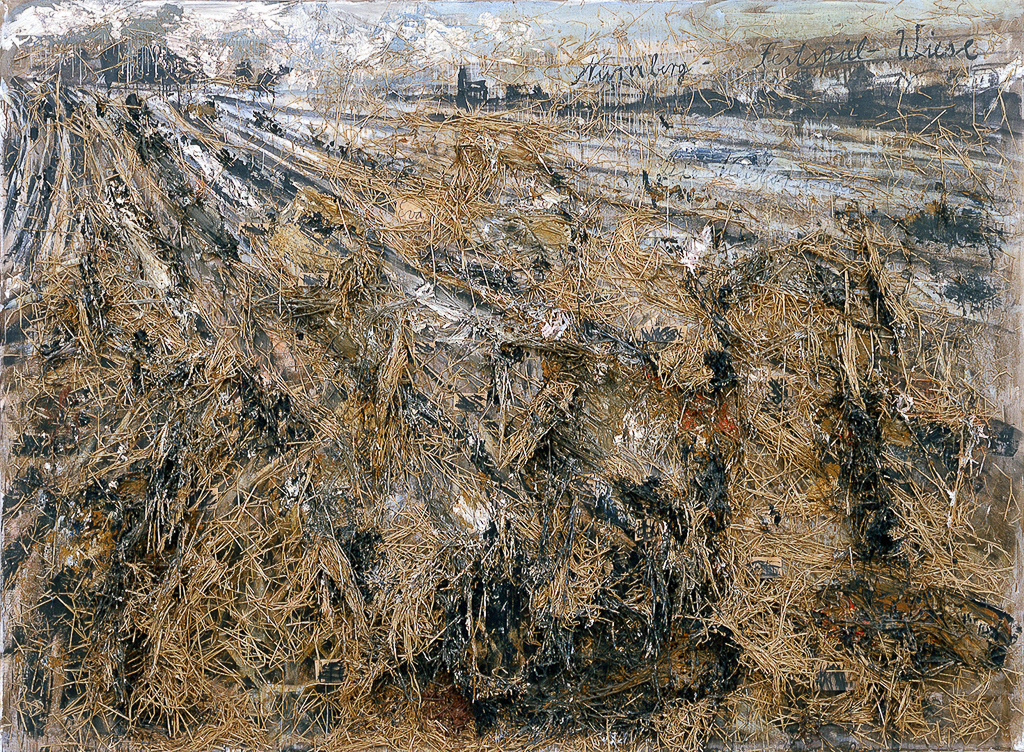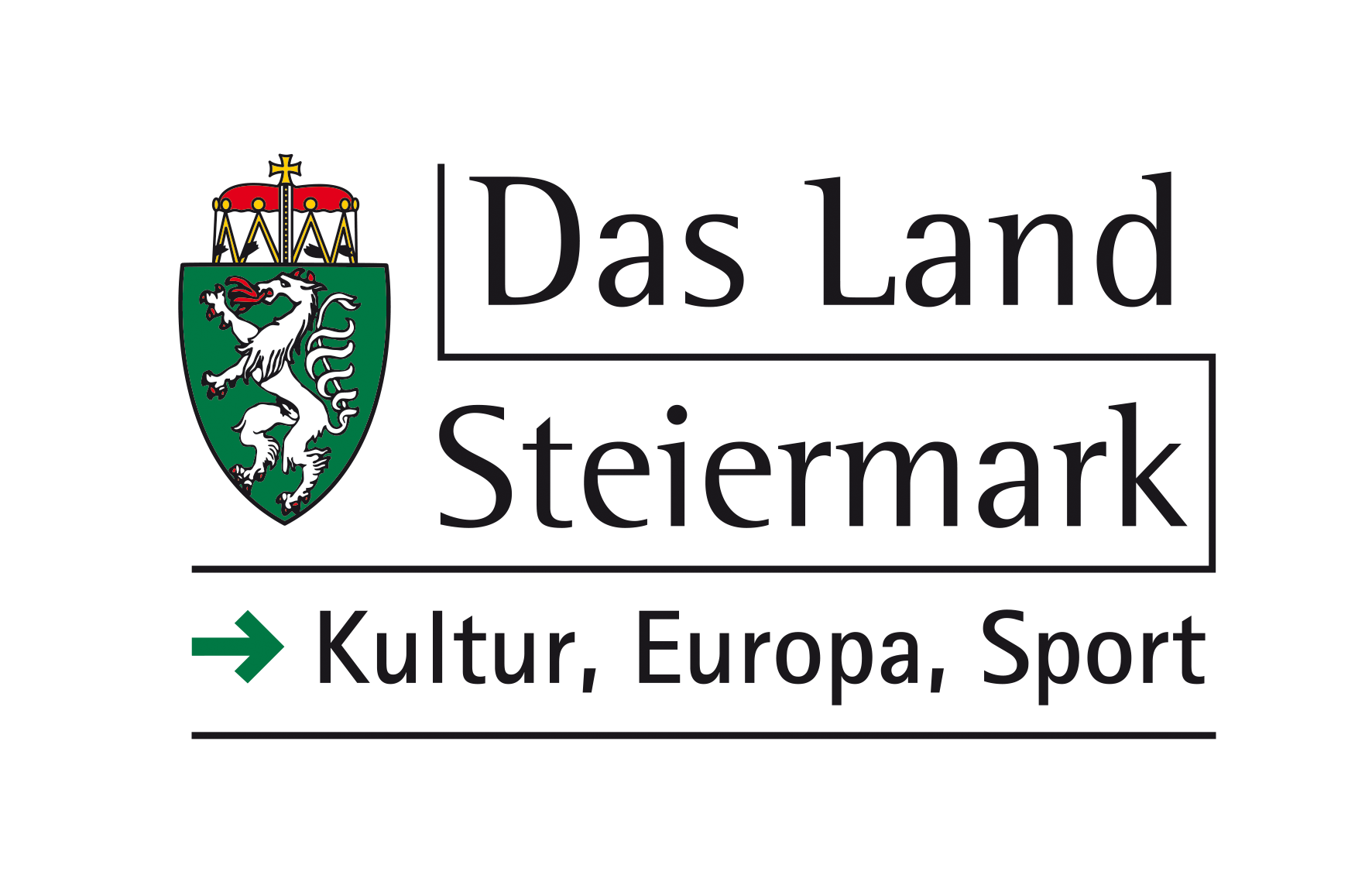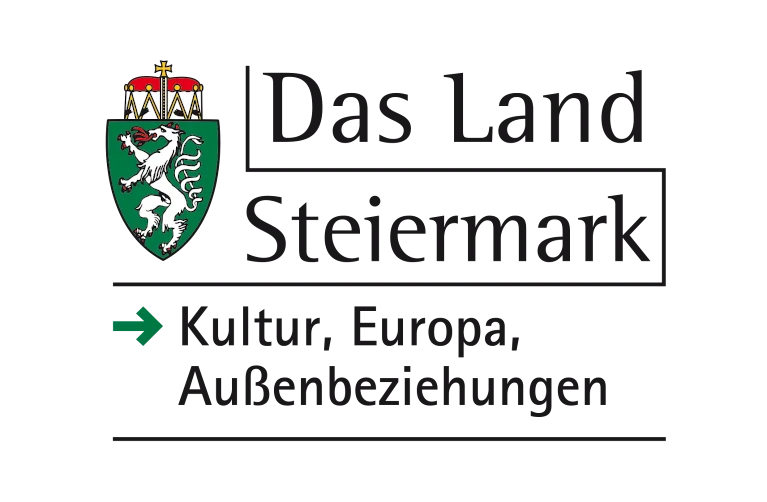Essay
by David Gev

"Art is not just ornamental, an enhancement of life. It is a path in itself, a way out of the predictable and conventional… a map to self-discovery." — Gabrielle Roth
"Our task is to listen to the news that is always arriving out of silence." — Rainer Maria Rilke
Time and time again, I discover how I can't know what I don't know, and I can't see what I don't see until, one day, I do. Socrates tells us, "An unexamined life is not worth living." It's a journey that requires curiosity, honesty, and a load of courage. The journey's essence is the process of peeling the onion of self.
I am interested in the intersection of Intergenerational Trauma with Art. Both are mysterious. Intergenerational Trauma is elusive, filled with secrets and un-named shame, and Art is a sphere beyond words and explanations. Yet, something about their essence felt magical when I encountered their intersection. I am fascinated by how trauma transforms itself. Does it change, evolve, and lessen with time?
The stories and reflections I share here are not about triumphant moments of great insight; they are not about a solution or a how-to guide. Instead, the act of writing this essay is about the wounded eagle inside my soul that wants to spread its wings. It wants to fly, to get distance, to observe with detachment, and to find compassion and love. It is not an easy process. It forces me to reconnect with dark memories, but I don't know if there is a better way to strengthen the healing muscle. The poet Ingeborg Bachmann said, "I am writing with my burnt hand about the nature of fire."
"Traumatized people chronically feel unsafe inside their bodies: The past is alive in the form of gnawing interior discomfort. Visceral warning signs constantly bombard their bodies. In an attempt to control these processes, they often become experts at ignoring their gut feelings and numbing awareness of what is played out inside. They learn to hide from their selves." — Bessel van der Kolk
The year is 1951. It's a typical summer afternoon in Donaueschingen, a small town in southern Germany near the Danube River. The town is devastated, like the rest of the country. The Allied carpet bombs left a thick trail of destruction and death. Six years since the surrender, Germany is licking its wounds, the visible ones, and the unseen ones. Mounds of rubble and ruined structures are all around. A few big trees stand at the town outskirts alongside a one-lane road that leads to the town center. There's a large concrete structure with multiple sections, some destroyed and others intact. It was a German Army bunker not so long ago. The field around the bunker is dotted with craters of various sizes from the bombs. The day is warm, and the blue sky is cloudless. A light wind whistles as it flows through the grass and the tree leaves. Lone engine noise in the background from a car on the road. Beige, green, and blue dominate the scenery. A few old brick houses with gray shingles are nearby. Two kids are playing hide and seek. They are about six years old and in school uniforms, short gray pants, white shirts. One of them, a blonde with rosy cheeks, crouches behind a big block of fallen, tilted concrete slabs with protruding reinforcement bars. The kid does not move. He tries to make himself small — in his mind, invisible. He notices that one of his shoelaces is untied; it will have to wait, he thinks. Soon though, the other kid will see his stooped shoulders behind the slab. A big scream of discovery, surprise, and joy will break the silence.
Years later, one of these kids will become famous for his monumental artworks. They'll depict the desolate scenes and scorched earth he'll remember from his childhood. Some will call him the greatest artist of his generation. His name is Anselm Kiefer. He'll say, "Bunkers are for me the most beautiful art-for-art's-sake architecture."
In the book In Conversation with Klaus Dermutz, Anselm Kiefer tells about his early childhood. "The war was still going in March '45. Bombs fell on Donaueschingen, a railway junction where I grew up. The French were advancing. I was born in the basement of the hospital. My parents stuck wax in my ears, like Odysseus did to his companions, so I wouldn't hear the bombs. The bombs were the sirens of my childhood." To another question, he said, "Aside from the fact that I almost starved as an infant, everything went along normally. The rubble was always in sight. The house next to us was completely bombed out. I never experienced this rubble as something negative. It's a state of transition, of reversal, of change. I built houses with the stones scavenged in the big cities by the so-called rubble women — who are today an almost mythological concept. The rubble was always a starting point for the construction of something new." (Rubble Women is the name for women who helped clear and reconstruct the bombed cities of Germany and Austria in the aftermath of World War II. This monumental task fell to a large degree on women because many men died or were prisoners of war.)
I did not know any of that when I accidentally first saw Kiefer's works. In 1988, new to Los Angeles, I ventured downtown and walked into the MOCA. I always loved museums. I stepped into an exhibit hall. No other visitors were present, just a guard standing in the corner of the room. She was heavy-set and dark-skinned with wavy black hair, her hands in her pockets. The guard was wearing a navy blazer with an AIDS ribbon lapel pin. I wondered if she lost someone to the disease. The space was ample with high ceilings and white walls that ended with a clean edge. The room was cold and dead silent. I looked up. On the wall in front of me was a large piece. If my memory is correct, the painting was Nigredo (Blackness). That was my first sighting of Anselm Kiefer's art. It felt like I got punched in the stomach. I wanted to vomit. My repulsion was so visceral that I knew right there I was standing in front of great art.

Anselm Kiefer is the most famous artist addressing the painful chapter of 20th-century German history. His works are monumental, both in size and in the search for the world's inner truth. He makes art from a mix of rubble and mythology. He combines extreme, unusual materials, such as straw, dirt, lead, charcoal, tar, sand, epoxy, and gold leaf. His color tonalities are on the grim side of the scale. Landscapes are never just that; the land is heavy and sad; it smells of burnt-out remains; it's loaded with tragic aspects. Critics and curators accuse him of having no regard for the permanence of his materials. The straw will not remain intact in 50 years — but that does not discourage collectors.
It's easy to see how Kiefer's paintings are drawn from the imagery he witnessed in childhood. But I think there is more to that than just the visual destruction that moved him to create the gloom and devastation of German soil. Yes, Kiefer is well-educated and well-versed in mythology, theology, and literature, but it's more than that.
The people who have experienced the horror of the Holocaust often wanted to protect the young from their past. Yet, the horrors slip through the cracks of their being. We, the second generation of survivors or German perpetrators, knew more of our parents' past than we were told. They may have thought that the unspoken was buried in the confines of their minds and memories, but we knew. Sometimes we just sniffed the elusive signs; as the old saying goes, "If you 'pick up a scent,' then you have a clue about something." At other times, the trauma was clear and loud, as straightforward as it could get.
Growing up, it felt like my parents never entirely left the concentration camps. The camp stayed in them even though they lived in Israel. Some part of their mind was still there. They were always tense and quiet. I don't remember much laughter in the house. The apartment was always spotless; everything was in its place, as if otherwise the Nazis would be knocking at the door at any moment, ready to snatch them away. I wonder what kind of experiences, what little conversations, and human behaviors Anselm Kiefer and his generation witnessed that gave them clues to their elders' past. How did the trauma pass on to them?
In the memoir, The Pendulum, Julie Lindahl describes her journey to uncover her grandparents' role in the Third Reich. Her grandfather, she discovered, had been a fanatic member of the SS since 1934. During World War II, he was responsible for enslavement, torture, and murder in large estates he oversaw in occupied Poland. He eventually fled to South America to evade war-crimes trials. She writes, "When a generation responsible for evil deeds rejects its own guilt, it creeps insidiously into the hearts and minds of the next generation and transforms itself into shame; an evil deed in itself, because it unjustly condemns the bearer to carry the burden of crimes they did not commit. To agree to live in this dark room without signposts and believe that you must stay there to protect those who came before you is an astoundingly common and counterproductive instinct. Isolation breeds mistrust, which, in tum, asphyxiates the family relationships we prize most. Shame will unrepentantly creep into the next generation and, like a chameleon, take new forms unless someone breaks the dictate and looks back."
I wonder, did Anselm's next-door neighbor come back from the battlefield with the war's fire in his belly, the one that never goes away? Did he witness that belly's fire blasting from time to time with uncontrolled rage? Or, maybe, he partook in the kind of conversations Julie Lindahl tells about in her book. One, in particular, made a strong impression. It happened when Julie came to visit her grandmother after not seeing each other for a long time. Julie had a loving relationship with her Oma (Grandma in German). Yet, the conversation is layered by explicit and at times subtle tones and innuendos, which reveals how shame haunts and creeps into the next generation:
The conversation starts with tender expressions of love and care, "My dearest Julchen. Well? You are looking very slim these days. Very slim indeed. I have made some warm lunch — trout with potatoes and steamed vegetables and your favorite berry soup with vanilla sauce for dessert."
As they sit to eat at the dining table, Oma says, "Now, make sure you take enough. You're young — my word, just twenty-one years old — you've got your whole life ahead of you, and you must eat. Do you menstruate normally?" The question sounds innocent and caring. But knowing Oma's history as the wife of a high-ranked SS officer, I hear the Aryan ideology in the background. The Nazis encouraged "strong and pure" Aryans to proliferate.
Julie responds in a nonchalant manner, "Yes, Oma, everything is fine." I wonder if Julie thought the same thing I do, and did she let it pass over her head out of respect to her grandma?
Oma says, "Oh, let's talk about something else. Have you noticed all of the wonderful spring buds opening outside? Nature is the strangest and most wonderful thing. It clears out the weak and supports everything strong and vital. We humans haven't respected that principle, and Nature is punishing us for it. Just look around! We offend her laws all the time!" This statement sounds like Nazi Social Darwinism propaganda — the concepts of natural selection and survival of the fittest.
Julie responds with innocent curiosity and maybe also with a bit of bravery. Her question is an opening for a blunt answer that might make her feel uncomfortable, "Yes, I have seen the tree. What is it that should not be alive? What laws do you mean we have offended?"
Her grandma's answer doesn't mince words, "Well, that is quite plain. Just look at the AIDS epidemic. You don't think that is a coincidence, do you? Those people are bound to die because what they are doing is unnatural. In any case, the world's population is growing far too fast, and AIDS is Nature's way of correcting the situation. Now, tell me, what are you studying?"
Julie: "International affairs. We're studying the Cold War."
What better subject than international affairs to get Oma going on issues of history, Germany, and of course, what else, the Jews, "War, war, people will never stop fighting. Man has evil inside of him that he will never be freed of. There will always be wars. You can read all about it in here." Oma points to a copy of War and Peace.
"Bloodthirsty princes battled with one another for no better purpose than the ridiculous glory of spilling blood. How many young men believed them and returned, if they did at all, without arms and legs! Terrible, ter-ri-ble! But no one speaks about that anymore. It's all about us and the so-called awful things that we Germans did. But, let me tell you, it was nothing compared to what people did to one another back then!"
Oma doesn't beat around the bush; her worldviews are clear as a cloudless sky. Julie, being a learned person versed in world history, is in a tough spot. She loves her grandmother, yet she sees and smells the ugliness in her point of view. How does one deal with this conundrum without feeling conflicted? Maybe you light a cigarette and silently watch its burning smoke. She tries to move the conversation towards a cheerful subject, saying, "I have some great news at the university."
Now, she may try as much as she can, but her Oma is not swayed, she has more to say, and it's straightforward with no breaks. "And what do they say about that business with the Jews at your university? I am sure they tell you all sorts of lies. Let me tell you straight, from someone who was there, that nothing like this ever happened. It was all a lie by the media so that we Germans would feel that we had to keep our heads down. Germans were responsible for everything bad, but no one ever talks about the good that we did, and doesn't everyone seem to want to come and live here!"
At this point, Oma's eyelids suddenly began to flicker uncontrollably, and she leans back on the headrest of her armchair. And if what she said was not enough, she adds with a sentiment of self-pity, "Oh, my eyes! I have tried everything — inoculation from the doctor and all manner of treatments, but nothing helps. It's an illness of the nerves, you understand, to do with everything we have been through. It was all too much. But the Holocaust, I can assure you, did not happen. It's all just invented nonsense. We had beautiful times, you know."
This conversation makes me feel deeply for Julie.
There aren't many conversations I remember with my father, but one stands above all others. It was very short — four words, to be precise, not exactly a dialog. The moment was visually stunning and forever haunting.
It took place while driving a Jeep up in the Golan Heights plateau, close to the border between Israel and Syria. I was the driver, a soldier at that time, wearing the unique paratrooper Class A uniform — a tunic-style shirt with a belt on top, the red beret folded beneath the left shoulder strap, and high-top red boots. On the backseat lay my short M16 rifle. My father, in his late 50s, sat next to me. We visited my brother, who was also a soldier at that time serving at a nearby base. I was focused on the narrow dirt road, navigating the open grassy fields with the scattered giant dark gray basalt boulders. It was a beautiful day and rare to have spent time driving with my dad. The horizon line was endless, uninterrupted from side to side. The kind of scenery that cracks my heart open. A herd of sheep came across our path; I slowed the Jeep, out of the blue, my father said, "that's how we walked," by which he meant, to the gas chamber. I was stunned; I turned my head and looked at him briefly as the vehicle rolled forward. He was in his own space, gazing at the wool breeds flock moving together as one.
I regret not being more empathetic; I kept quiet. I had nothing to say. I hate to admit it, but at the time, in my early twenties, I agreed with my father — they walked like sheep to the slaughter.
Julie's conversation and mine are tiny little examples of how intergenerational trauma passes on. The burden of shame, humiliation, sadness, and anger are parts of my generation's shadow — the darkened area we are trying to make peace with, reconcile and accept as part of who we are. Our story is not unique. Interestingly, it has many similarities with our counterpart generation on the perpetrator's side.
I remember attending a lecture at LACMA in 2009. It was in honor of an exhibition opening, Art of Two Germanys/Cold War Culture. Artists, academics, and the show's curators reflected on the exhibition. The German artists talked about their anguish living in a divided country, separated between east and west. The academics talked about the two political systems and the distinctive versions of postmodern art. As the talk progressed, I started feeling upset. The fire in my chest was raging. "There is an elephant in the auditorium," I thought, "right there at the front row, and nobody mentions it?" They either chose not to talk about the Holocaust or could not talk about it, as if the brightness of the sun was forcing them to look away.
At the end of the event, I happened to see the German curator and LACMA's curator, Stephanie Barron, walking across the courtyard by the iconic Chris Burden's Urban Light. I plucked up my courage and approached them.
"Hi, my name is David. I attended your presentation, thank you. May I share with you some of my reflections?" They appeared taken aback but nodded their heads, and Ms. Barron said, "sure."
"I heard much about the pain over a divided country and postmodernism, but very little about the Holocaust and its impact on German art. I wonder, did the images, stories, and horrors have no place in this discussion? Are the shame and guilt so great that you can only write about it in the fancy catalog? As a son of two Holocaust survivors, it feels painful!" I tried my best to keep my nerves and shaking voice at bay and at the same time to look them straight in the eyes, as mine were moist and enraged.
They evaded my intensity. They did not respond, just said, "thank you," and moved on. I felt bare, perplexed, but mostly drained.
It takes guts to break the veil of silence around intergenerational shame and guilt. Anselm Kiefer was not the first artist to do so. There were others, mostly poets and writers, but he was one of the first visual artists to do it. He came out with his paintings in the early 1980s, quite sometime after the war. Why did it take that long? Yes, Germany lost the war, but what about the ideology? Ex-Nazis and sympathizers were all around. Perhaps Germans tried to forget and move on. It's complicated! I know this shame. It creeps through and stains the human's soul in crafty and cunning ways.
Kiefer's art is a loud and clear voice. "This is our land," I imagine him saying to his fellow Germans. "This is our history and mythology, look at it — get disgusted, vomit if you want, but know this, there is no way to make it nice. There is no way but to learn how to live with it and try to repent the best we can." Those who had to wrestle with the heritage dumped on their shoulders voiced this sentiment. A generation forced its way out from under the ruins, the ghosts of guilt and shame.
I always sensed that my body is keeping a score of intergenerational trauma, a sense of being haunted by ghosts, by memories that though I did not experience firsthand, felt like I did. Feelings were not processed, the vocabulary was not present nor encouraged. If anything, sensitivity was belittled. Imagine a warehouse packed with shelves, stocked up high with boxes labeled: anger, violence, shame, etc. The sensations locked in the packages were dormant, but sometimes one package would fall, or a complete set of shelves would break down, and once or twice, the entire warehouse was in flames. Feelings had no healthy way out. It's not an enigma why trauma occupied a central theme of my art. I choose not to use the grim, dark colors to describe the unimaginable tragedy realistically. Instead, I tried to seek beauty through abstract shapes and vivid colors. I focused on a voyage away from Auschwitz, of going out from the camp, as opposed to the journey into Auschwitz's gas chambers, with one common core theme — the trains. I used stunning molten-colored fused glass to melt with one another and to transmit light. Making art became analogous to a journey from horror into a new light. It's meditation in action dedicated to healing.
I have had a few encounters with art that felt transcendental — not seeing or hearing God but as close as you can get. Those were singular moments with a mystical dimension. Moments forever carved crisp and clear. These moments helped me develop the language that penetrated my inner incoherent screaming silence. These moments of soul impact also showed me that I am not alone in my pain and search for meaning and recovery. They helped me understand who I am.
Appeared in Issue Spring '22
Nationality: USA, Israeli
First Language(s): Hebrew
Second Language(s):
English
Das Land Steiermark

Listen to David Gev reading "When Trauma Meets Art".
Supported by:

